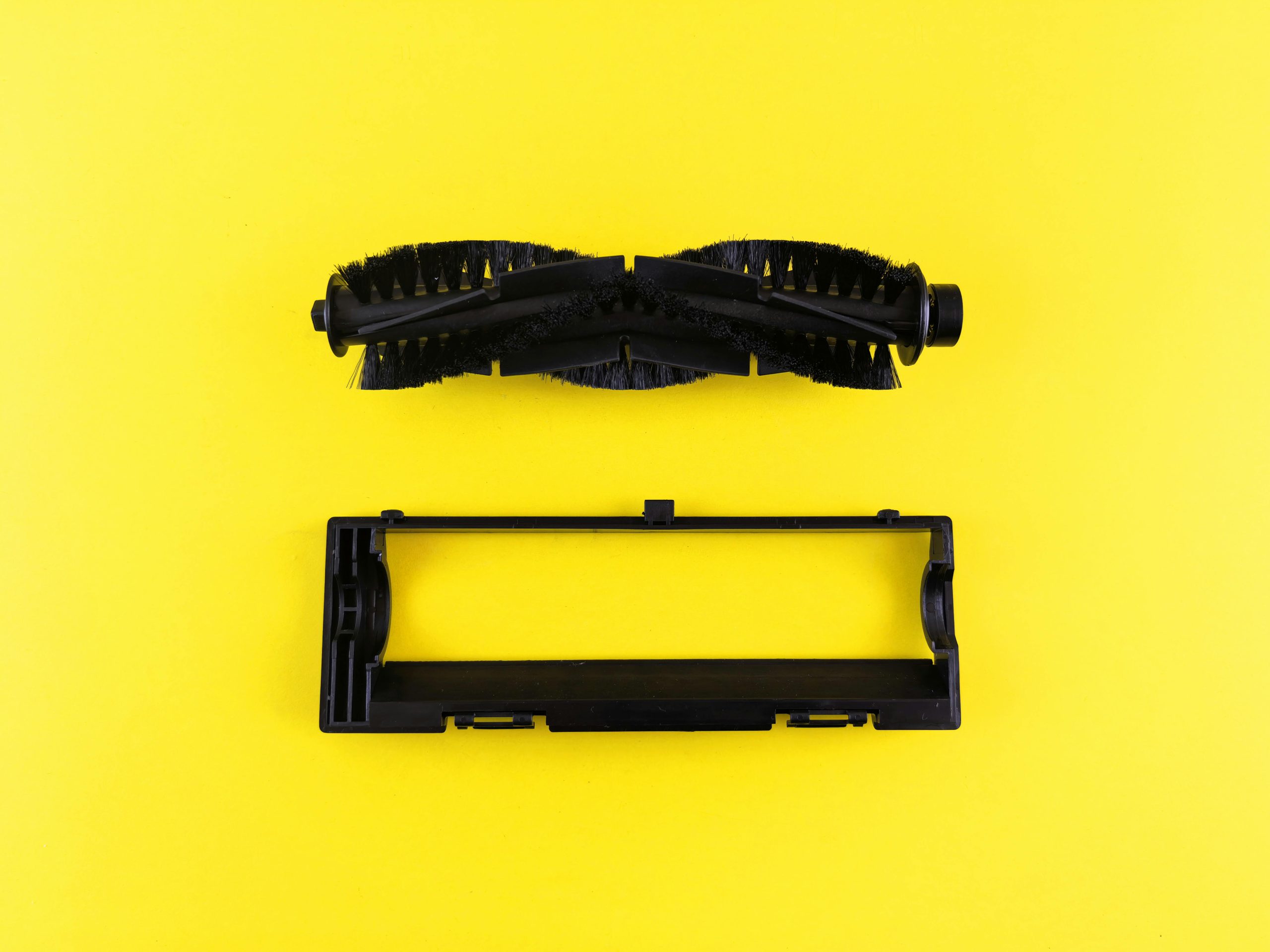Understanding and Troubleshooting Post-Power Surge PC Performance Issues
Introduction
Experiencing sudden hardware failures can be both confusing and frustrating, especially when attempting to restore functionality and stability to your computer system. In this article, we will explore a real-world scenario involving a failed power supply unit (PSU), subsequent system performance issues, and the steps to diagnose and resolve such problems effectively.
Case Overview
A user reported that their computer’s PSU failed due to a power surge, which was compounded by the age of the unit (approximately 7-8 years). Following the replacement of the PSU and a comprehensive cleaning of the PC, they encountered several issues: the system now runs significantly slower, internet connectivity is impaired, and one of the SSDs is not recognized. Additionally, the computer no longer reaches the BIOS screen.
Initial Symptoms and Observations
-
System was previously operational, reaching Windows and opening applications.
-
Noticed extremely slow internet speeds (around 20 kbps), rendering online activities unusable.
-
SSD was initially accessible but later became unrecognized.
-
After troubleshooting with different cables and reboots, the system failed to display the BIOS screen.
-
The old PSU experienced a catastrophic failure due to a power surge.
Potential Causes and Troubleshooting Steps
- Assessing Possible Hardware Damage
The failure of the PSU potentially affected other components. To determine if the motherboard or other hardware parts are compromised, consider the following:
-
Visual Inspection: Check for visible damages like burnt components, bulging capacitors, or scorched areas on the motherboard.
-
Testing Power Delivery: Use a motherboard speaker or POST card to listen for beep codes during startup, which can indicate hardware issues.
-
Minimal Boot Test: Remove all non-essential components, leaving only the CPU, one RAM stick, and integrated graphics (if available), then attempt to power on and access BIOS.
-
Checking for Motherboard Damage
Since the system fails to reach BIOS and recognized devices are missing, the motherboard may have sustained damage. Testing with minimal hardware or swapping the motherboard with a known-good unit can confirm this.
-
Verifying Storage Devices and Connections
-
Re-seat SSDs and check SATA/data cables for damage or loose connections.
-
Test SSDs in another PC or via an external enclosure to determine if the drives are functioning.
-
Monitoring System Performance
-
After successful POST and OS boot, run diagnostics to check CPU, RAM
Share this content:



